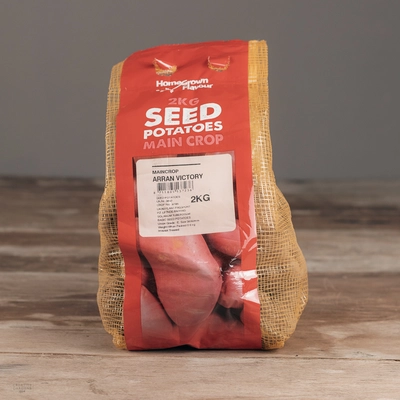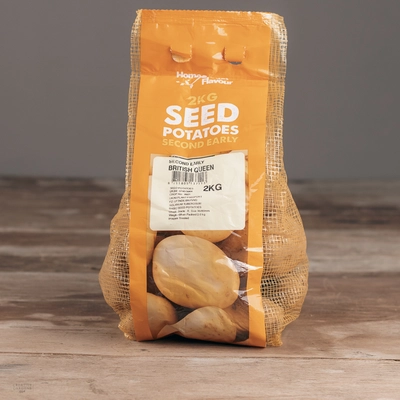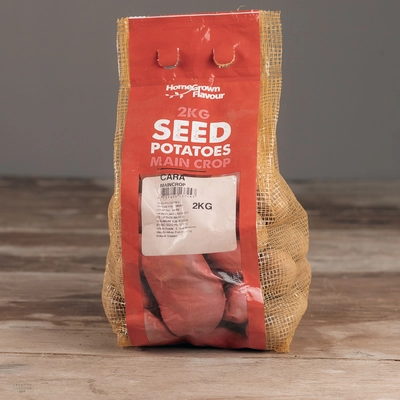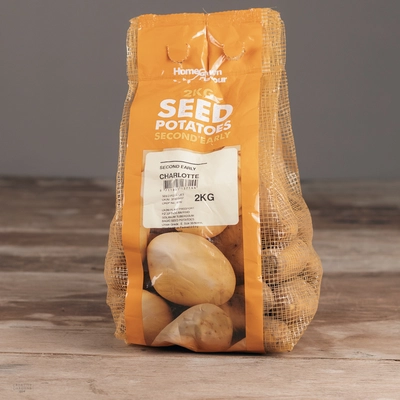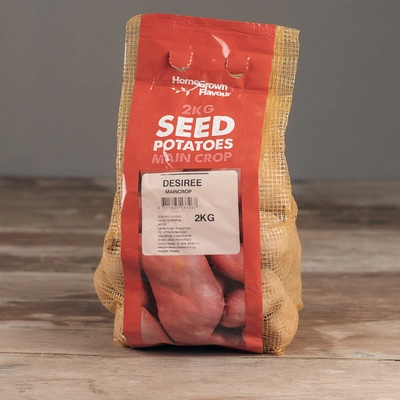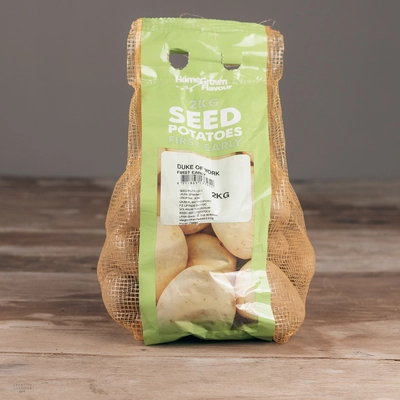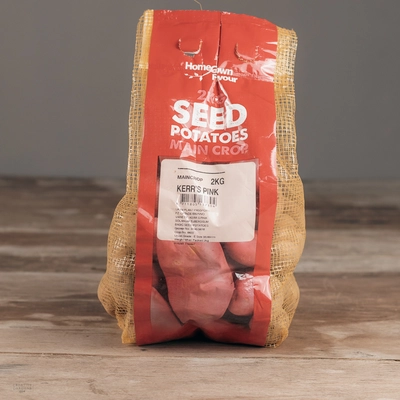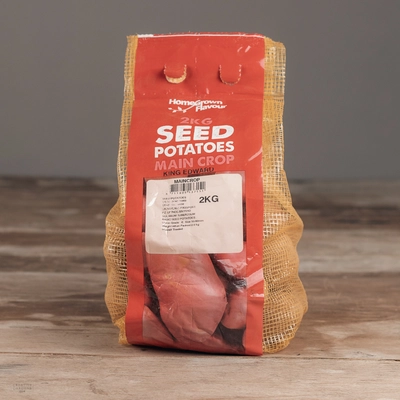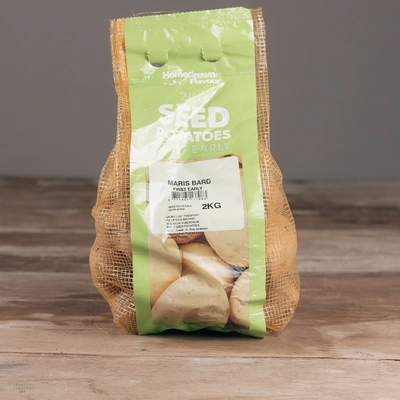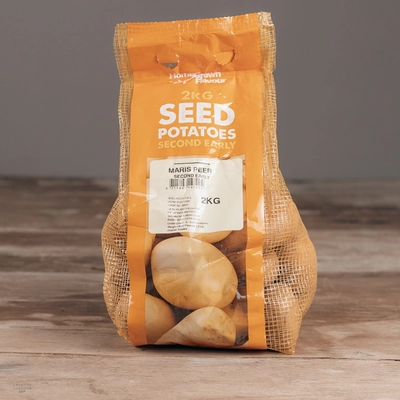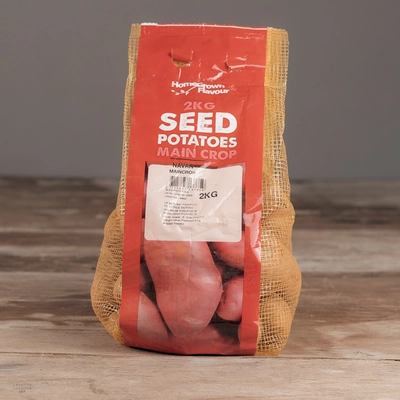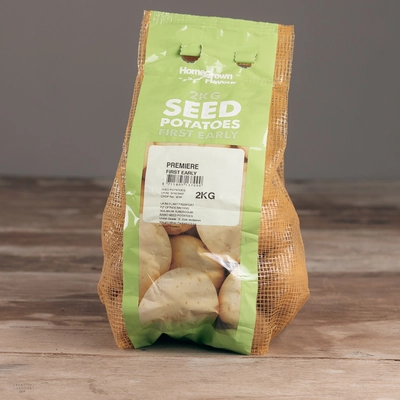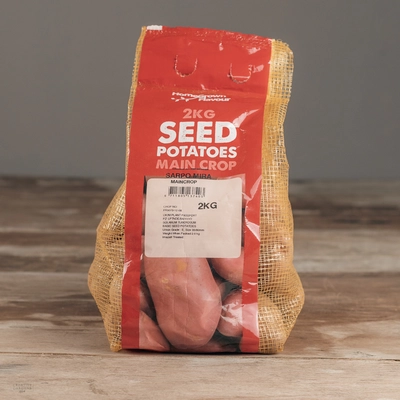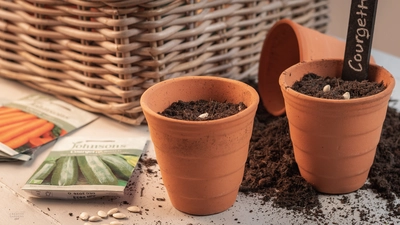Planting seed potatoes is a rewarding endeavour that can lead to a plentiful harvest of delicious and nutritious tubers. Whether you're a novice gardener or have some experience, these top 5 tips will guide you through the process, helping you achieve success in growing your potatoes.
1. Select Quality Seed Potatoes
The foundation of a successful potato crop begins with choosing high-quality seed potatoes. Look for certified disease-free varieties from reputable suppliers or local nurseries. Choose seed potatoes that are firm, smooth, and free from any signs of decay, cuts, or bruises. Opt for varieties that suit your climate and growing conditions, considering factors such as maturity time and resistance to common diseases.
2. Chit Your Potatoes for Stronger Growth
Chitting is the process of encouraging seed potatoes to sprout before planting. Place your seed potatoes in a cool, well-lit area for a few weeks before planting to allow them to develop small, sturdy sprouts. This practice promotes stronger and faster growth once planted in the soil. Arrange the seed potatoes with the "eyes" facing upward in egg cartons or shallow trays to facilitate chitting. Be sure to protect them from frost during this period.
3. Prepare the Soil Adequately
Potatoes thrive in well-draining soil that is rich in organic matter. Choose a sunny spot in your garden and prepare the soil by loosening it to a depth of at least 8 inches. Incorporate compost or well-rotted manure to improve fertility and structure. Potatoes prefer a slightly acidic to neutral soil pH, so test your soil and adjust accordingly. Avoid using fresh manure, as it can lead to potato scab disease.
4. Plant at the Right Time and Depth
Timing is crucial when it comes to planting seed potatoes. Wait until the soil has warmed up to around 45-50°F (7-10°C) before planting, typically a few weeks before the last expected frost in your region. Plant the chitted seed potatoes with the sprouts facing up at a depth of about 4 inches (10 cm). Space the potatoes about 12-15 inches (30-38 cm) apart in rows that are 2-3 feet (61-91 cm) apart. This spacing allows for proper tuber development and makes it easier for hilling.
5. Implement Proper Hilling Practices
Hilling involves covering emerging potato plants with soil as they grow, which encourages additional tuber formation and protects them from sunlight, preventing greening. Begin hilling when the plants are about 6 inches (15 cm) tall, and continue to hill every few weeks throughout the growing season. Create mounds of soil around the base of the plants, gradually covering the stems but leaving the top leaves exposed. Stop hilling when the plants flower, as further hilling may damage the developing tubers.
By following these top 5 tips for planting seed potatoes, you'll set the stage for a successful and abundant harvest. With careful selection of quality seed potatoes, proper chitting, soil preparation, timely planting, and effective hilling, you'll be well on your way to enjoying homegrown potatoes straight from your garden. We have a wide range of First Early, Second Early, Main Crop and Salad Seed Potatoes available in-store and on our website for home delivery so you can plan your crop from the comfort of your own garden!
Shop our range of Seed Potatoes

